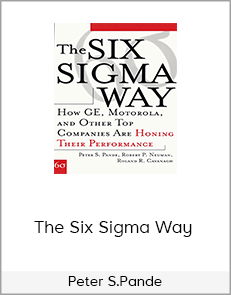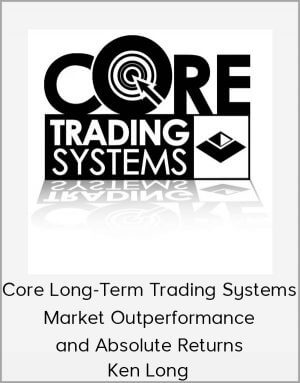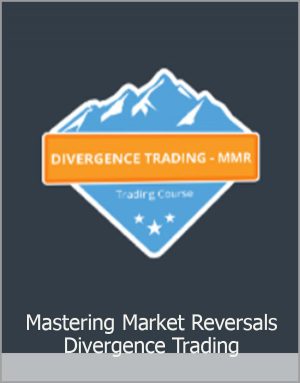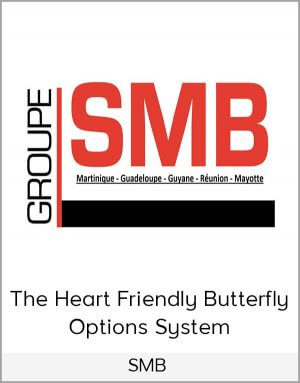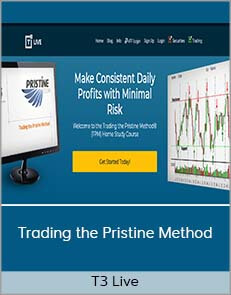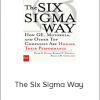The Six Sigma Way – Peter S.Pande
$25.00
However, most countries float their currencies freely against those of other countries, which keeps them in constant fluctuation.
The Six Sigma Way – Peter S.Pande
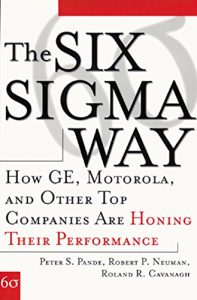
Check it out: The Six Sigma Way – Peter S.Pande
Foreign exchange, or forex, is the conversion of one country’s currency into another.
In a free economy, a country’s currency is valued according to the laws of supply and demand.
In other words, a currency’s value can be pegged to another country’s currency, such as the U.S. dollar, or even to a basket of currencies.
A country’s currency value may also be set by the country’s government.
However, most countries float their currencies freely against those of other countries, which keeps them in constant fluctuation.
Six Sigma was originally developed at Motorola in the 1980’s and has become one of the most widely discussed and reported trends in business over the past two years, thanks largely to the phenomenal successes of the Six Sigma program at one of the world’s most successful companies, GE.
Amazon.com Review
Six Sigma is a data-driven management system with near-perfect-performance objectives that has been employed to acclaim at leading corporations like General Electric. Its name is derived from the eye-catching statistical target of operating with no more than 3.4 defects per one million chances, but Peter Pande, Robert Neuman, and Roland Cavanagh–associates in a firm providing Six Sigma implementation, training, and management services–contend its principles can be applied in businesses of all types to routinely reduce costs, improve productivity, increase market share, and achieve other positive results. The Six Sigma Way is their comprehensive self-help guide to adapting and using the system under various conditions. Its first two parts cover fundamentals and provide specific suggestions for aligning the process with individual needs and goals. (These include sections on balancing potential costs and benefits, clarifying objectives, and defining time frames.) The final part, which accounts for more than half the book, focuses on implementation through a detailed yet flexible five-step “road map” tied to a company’s core processes, key customers, current performance, “high-potential improvement opportunities,” and future practices. While the procedure is quite complex, diligent managers should be able to bring at least basic components to their organization with the tools and techniques provided. –Howard Rothman












